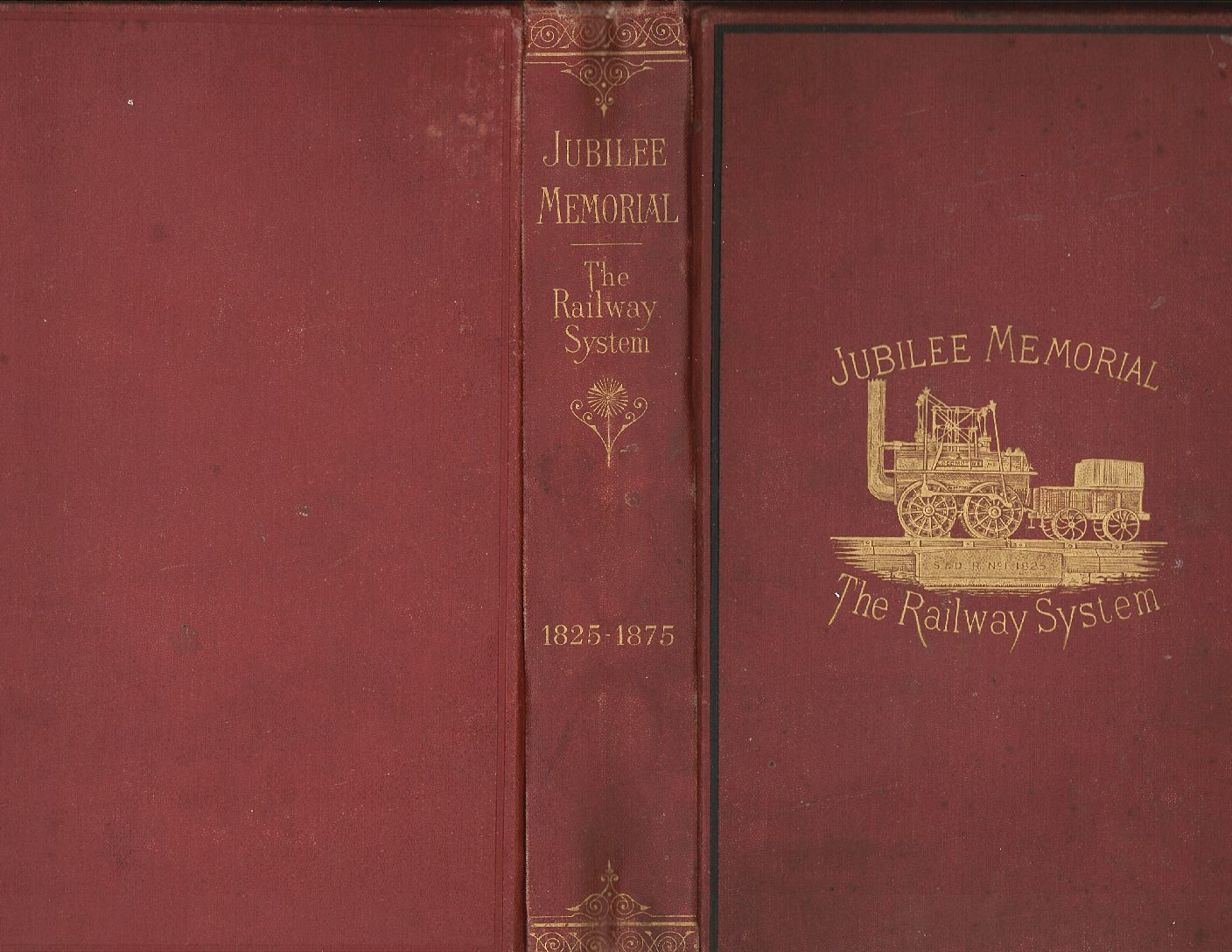Description
Fifty years before the Railway Centenary celebrations, there had been a rather more modest event on 27 and 28 September 1875, marking the 50th anniversary of the Stockton & Darlington opening. “A Jubilee Memorial….” was published in advance of the celebrations, and is therefore a little tentative on detail, but the events were to include a banquet (no Victorian celebration would be complete without one!) There being no hall big enough in Darlington, a huge marquee, hired from Edgingtons, the London contractors, was set up on the cricket field, and the catering arrangements were in the hands of a firm, also from London, who normally did the Lord Mayor’s banquet. The unveiling of a statue of Edward Pease took place, and most interesting of all, an exhibition of locomotives at Darlington’s North Road locomotive works, but it was only open for two days.
The first part of the book deals with the inception of the scheme, and consideration of the alternative projects which were considered. The Parliamentary battle to obtain sanction for the line is described, as is the construction. These topics are covered in some detail, which saved a number of later writers from having to do much original research. Jeans of course benefited from the fact that there were still many folk alive who had clear memories of events fifty years previously. Jeans then goes on to describe the opening of the railway, its operation and subsequent development up to amalgamation with the North Eastern Railway. For another decade, although financially linked, the S&D section was managed as a separate entity, eventually becoming the North Eastern Railway’s Central Division. Locomotives built at North Road during this period their design heavilyinfluenced by Timothy Hackworth and William Bouch, continued to be quite unlike those built by the NER at Gateshead, York or Leeds.
The Jubilee was reported in the Illustrated London News but I have never seen any photographs of the exhibition at North Road. Some rather poor quality pictures exist, purporting to show some individual exhibits, but on close examination they are members of the same class which have had their numbers “doctored” in the dark room. Apart from “No.1” not named “Locomotion” untl later, Jeans makes the point that there are few exhibits from the 1820s,30s and early 40s, as locomotiv of this period had all been scrapped or sold out of service. He lists the following exhibits, each of which is accompanied by a paragraph of description and measurements for each:-
“No. 1” 1825, “Auckland” 1839, “Shildon” 1840, “Dart” 1841, “Meteor” 1843, “Priam” 1847, “Woodlands” 1848, “Southend 1849, “Duke” 1854, “Hawthorn” 1854, “Albert” 1854, “No.1160” 1860, “No. 1221” 1860, “No.1068” 1873, “No.1270” 1874, “No.1291” 1875.
Note:- the naming f new locomotives was uspended after the amalgamation, only numbers being applied. S&D engines had their numbers increase by 1000.
Jeans reviews the changes for good wrought during the passing of fifty years by the coming of the railway, not just in Britain, but around the world. Compared to the fifty years between 1875 and 1925, apart from the disaster of the Great War, they were far more profound and widespread

Reviews
There are no reviews yet.